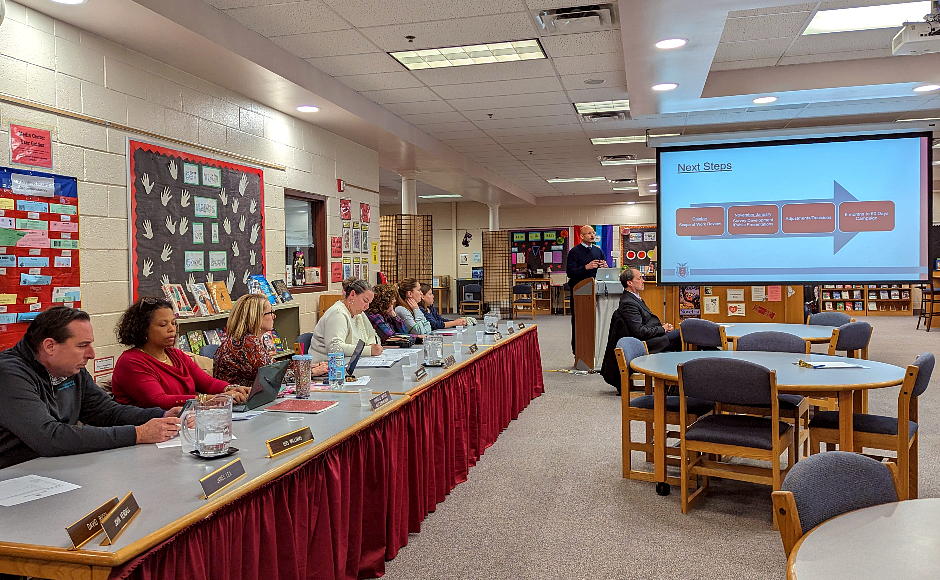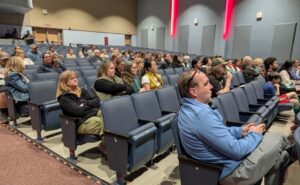 Haddon Township School Board meeting, December 6, 2023. Credit: Matt Skoufalos.
Haddon Township School Board meeting, December 6, 2023. Credit: Matt Skoufalos. Haddon Township School Board meeting, December 6, 2023. Credit: Matt Skoufalos.
Haddon Township School Board meeting, December 6, 2023. Credit: Matt Skoufalos.Related posts

More Aid Cuts Leave Haddon Township Schools Facing $4M Deficit for 2025-26 Budget
Superintendent Bob Fisicaro says options for closing the gap include a combination of tax increases, drawing down a reserve fund for emergency unemployment benefits, and borrowing against money reserved for improvements to athletic facilities. The district submits its budget Wednesday.
March 19, 2025
NJ Pen Elections 2024: Meet the Haddon Township School Board Candidates
Six Haddon Township residents are running for three available three-year terms on the Haddon Township Public Schools Board of Education.
October 23, 2024